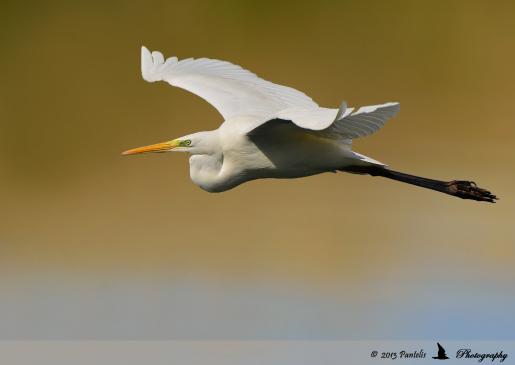Identification
Landed it looks brown to orange on top, with an almost crimson back (adults), but when it flies its white wings are revealed, covered by the long wings of the neck. So it often gives the impression of being white even at a distance. On the head (especially for breeding) it has long black and white feathers in the form of a hawk. The beak in adults is blue with a dark tip. Juveniles have a brownish-yellow beak and colors more brown throughout their body. Like all herons it flies with its neck tucked up over its shoulders.
Distribution - Habitat
A year-round species present throughout sub-Saharan Africa, with a portion of the population coming to Europe and central West Asia (areas north of the Black Sea) every spring to breed. In Europe it occurs throughout the southern continent in scattered areas with a highly discontinuous distribution.
Interesting Information
- It feeds on prey that does not exceed 10 cm and is usually insect nymphs (dragonflies, diptera, etc.), fish and amphibians and their tadpoles, but also grasshoppers, beetles, worms, etc.
- It waits motionless for its prey to approach but sometimes also searches for it by walking slowly.
- Its population in Europe suffered a major decline in the last century due to habitat destruction (hence its fragmented distribution). Although it is steadily recovering in most areas, unfortunately, this is not the case in the Balkan countries.



